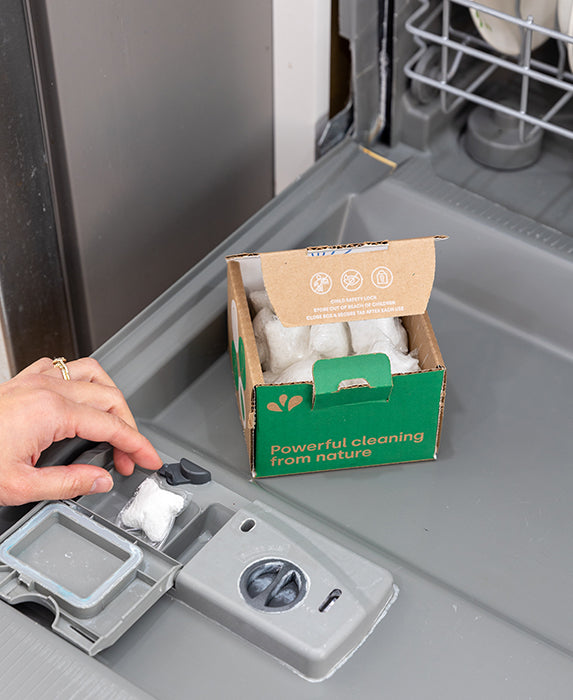This blog article was written by a guest blogger, Malinda Tackman
In our quest for sustainable alternatives to traditional fossil fuels, renewable energy sources have been getting a lot of attention. And rightfully so! Solar, wind, and geothermal energy are among the most promising options out there. They not only provide clean and abundant energy but also help reduce greenhouse gas emissions. Let's dive into each of these energy sources and explore their potential in shaping a greener future.
Solar Energy

Let's start with solar energy, which harnesses the power of sunlight to generate electricity or heat. You might have seen those sleek solar panels around. Well, those are equipped with photovoltaic (PV) cells that directly convert sunlight into electricity. On the other hand, solar thermal systems use sunlight to heat water or other fluids for various applications. The best part about solar energy is that it's abundant, free, and practically limitless. It allows for decentralized energy generation, meaning it's suitable for both small-scale residential installations and large-scale solar farms. As technology advances and costs decrease, solar energy has become a leading renewable energy source, providing clean power and reducing our dependence on fossil fuels.
If you want to dig deeper into solar energy, check out this link: Solar Energy
Wind Energy

Now, let's catch the wind! Wind energy is all about utilizing the force of the wind to generate electricity. You might have seen those giant wind turbines standing tall in wind farms. They capture the kinetic energy of the wind and convert it into electrical energy by spinning turbine blades. Wind energy is not only abundant but also widely distributed, making it an excellent alternative to fossil fuel-based power generation. By harnessing wind power, we can reduce greenhouse gas emissions and air pollution. With ongoing advancements in wind turbine technology and favorable wind conditions in many regions, wind energy has become a cost-effective and scalable solution for meeting our renewable energy targets.
To explore more about wind energy, check out this link: Wind Energy
Geothermal Energy

Now, let's dig into the Earth's heat! Geothermal energy taps into the heat stored within the Earth to generate power or provide heating and cooling. This renewable resource relies on the natural heat flow from the Earth's core to the surface. Geothermal power plants use steam or hot water reservoirs underground to drive turbines and produce electricity. Additionally, geothermal heat pumps efficiently utilize the stable temperature of the ground to heat or cool buildings. Geothermal energy is reliable, constant, and emits minimal greenhouse gases. Although geothermal resources are more location-specific compared to solar and wind energy, they have tremendous potential in regions with suitable geothermal activity.
If you want to know more about geothermal energy, check out this link: Geothermal Energy
Solar, wind, and geothermal energy sources offer exciting solutions for our transition to a sustainable energy future. By capitalizing on these renewable resources, we can reduce our reliance on fossil fuels, combat climate change, and create a cleaner and more resilient energy system.
Embracing renewable energy not only benefits the environment but also creates economic opportunities and improves energy security. That's why it's crucial for us to continue investing in research, innovation, and supportive policies to maximize the potential of solar, wind, and geothermal energy. Together, let's accelerate the global shift toward a greener and more sustainable world!
To stay updated on the latest renewable energy trends, you can check out reputable sources like the National Renewable Energy Laboratory (NREL) and the U.S. Department of Energy (DOE) websites.
Remember, we all have a role to play in building a sustainable future!









